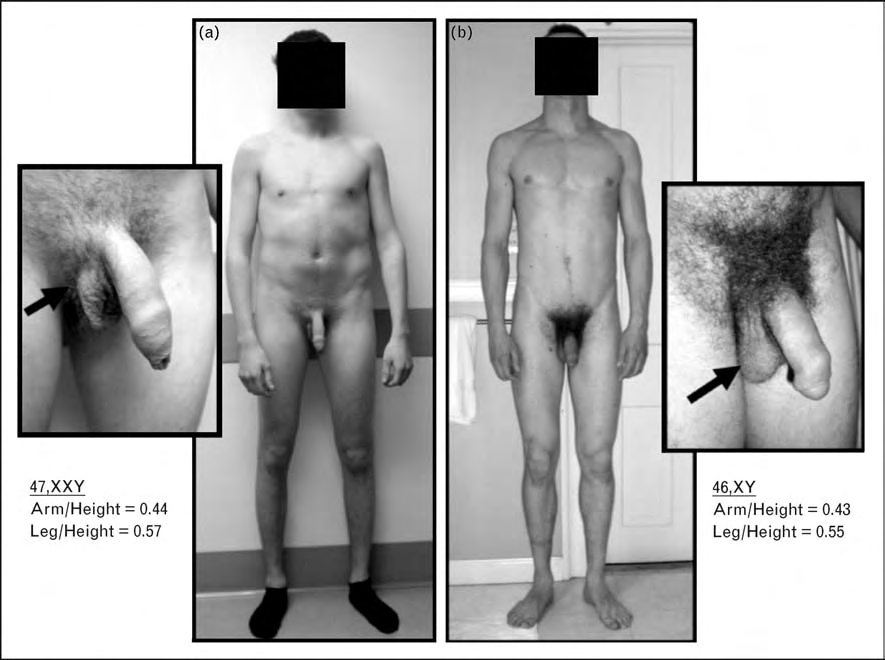29.09.13-ekto-liste-tzt
Wirkstoff Handelsname Ekto- Liste 09.09.2013 Präparat Crotamiton Darreichungsform O/W-Emulsion. Deltamethrin Scalibor Protektorband, 4 % w/w 48 cm Halsband für Scalibor Protektorband, 4 % w/w 65 cm Halsband für Darreichungsform für kleine und mittlere Hunde: Halsband (48cm) lang für große Hunde: Halsband (65cm) lang Fipronil Volumen (ml
 Andrology, sexual dysfunction and infertility
Figure 1 The classic descriptions of men with Klinefelter syndrome are based on the most severe cases of phenotypic abnormalities
Most teenagers and young adults seen in our practice have typical body proportions, arm span and penile length as their peers. The only obviousdifference that is seen in all men with Klinefelter syndrome is clearly visible difference in testicular size between men with Klinefelter syndrome (verysmall testes) and men with 46,XY karyotype (normal size). The photograph shows two 21-year-old men seen in our practice. The 46,XY had history ofconstitutionally delayed puberty. Both of them required testosterone treatment early during puberty. The patient with Klinefelter syndrome continuestestosterone replacement therapy. Both of them are top of the class college students.
Andrology, sexual dysfunction and infertility
Figure 1 The classic descriptions of men with Klinefelter syndrome are based on the most severe cases of phenotypic abnormalities
Most teenagers and young adults seen in our practice have typical body proportions, arm span and penile length as their peers. The only obviousdifference that is seen in all men with Klinefelter syndrome is clearly visible difference in testicular size between men with Klinefelter syndrome (verysmall testes) and men with 46,XY karyotype (normal size). The photograph shows two 21-year-old men seen in our practice. The 46,XY had history ofconstitutionally delayed puberty. Both of them required testosterone treatment early during puberty. The patient with Klinefelter syndrome continuestestosterone replacement therapy. Both of them are top of the class college students.